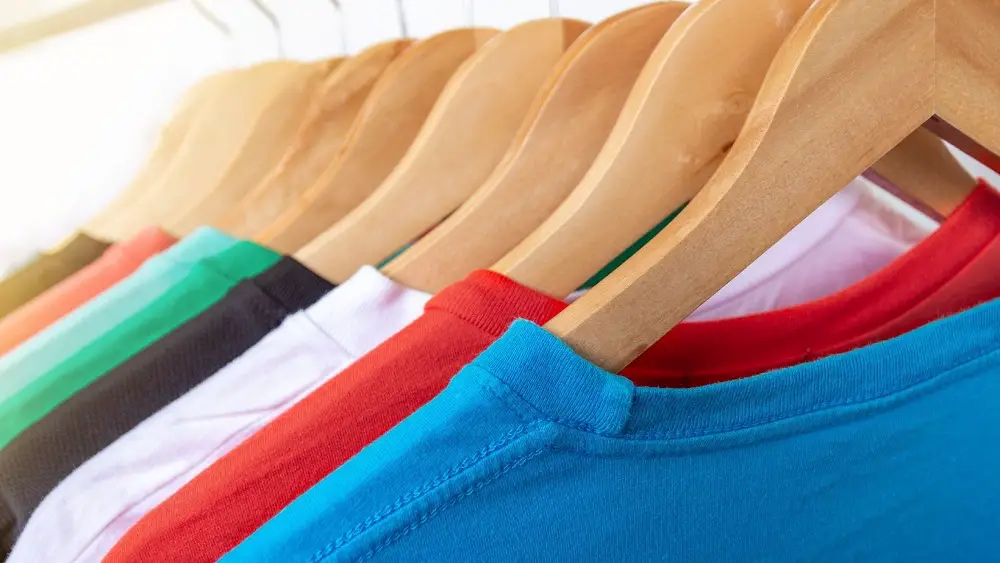You’re probably familiar with the fashion brand Shein if you’ve spent time scrolling through TikTok, YouTube, or Instagram.
Shein is famous for its “Shein hauls,” in which celebrities, bloggers, and influencers flaunt their mounds of new outfits that can be bought for a discounted rate when compared to the price tags found in high street fashion stores.
Shein, however, is not just some fast fashion label.
Shein has exploded in popularity in recent years, thanks to the growing convenience of online shopping.
Shein solely made approximately $10 billion in the year 2020. Those figures aren’t the result of excessive prices, as most of the things Shein offers cost less than $20.
Stocking your wardrobe for a small expense can seem attractive and tempting, but how sustainable can a brand like Shein really be?
In this article, we’ll explore whether or not Shein is environmentally friendly, how fairly they pay their workers and the impact their clothing is having on the planet.
Sustainability
Although Shein does not reveal its carbon emissions or the use of dangerous materials, we can learn something more about the business’s environmental effect.
Small production development of new products is promoted on Shein’s webpage to “guarantee no essential resources are wasted,” yet the business confesses to mass production of popular clothing items.
Shein makes millions of pieces each year, rendering any claims of small-batch manufacturing hollow.
The brand also promises to employ recyclable materials whenever possible, low-energy equipment, and a recycling programme to encourage more resource efficiency.
Indeed, these principles seem fantastic, but the lack of genuine openness makes it difficult to know what such claims represent in practise.
Shein says it “does its utmost to acquire recycled fabric, like recycled polyester,” when choosing materials.
However, upon further inspection, only a mere 64 of the 52,000 gowns on the website are said to be manufactured from recycled polyester.
With pricing starting at $4, it’s difficult to say how environmentally friendly these solutions are.
Labor
Fast fashion is renowned for exploiting sweatshop labour and child labour, which force employees to deplorable working conditions and long working hours for poor wages.
Notwithstanding wage laws, fast fashion company Fashion Nova, one of Shein’s rivals, was revealed to be using cheap labour in L.a. factories as late as 2019.
Sewers were compensated as little as $2.77 per hour, well under the legal minimum wage. Shein’s labour practises, however, remain a mystery.
Shein claims to support fair wages with “pay and benefits above the market average” on its homepage, but no further details have been provided.
Although there have been numerous accusations concerning Shein exploiting child labour on TikTok, YouTube, and other social networking sites, these claims have never been substantiated.
The Shein website states:
“We frequently analyse and handle human trafficking and exploitation concerns in supply chain networks through in-house auditors who are responsible with evaluating internal or 3rd party reports of this nature,”
However, Shein has failed to provide supply chain visibility, which requires enterprises to tell customers and clients about what is going on in the production process.
This would entail disclosing information on its companies’ workplace conditions, as well as the salaries and rights of its workers.
Shein has remained silent on specifics in favour of broad generalisations about “a happy, fair, and fulfilling workplace environment.”
How is Shein affecting the Planet?

The world of fashion comes in as a close second to the oil and gas industries in terms of pollution. Fast fashion accounts for 20% of worldwide waste and 10% of world greenhouse gases.
The volume of water and power required to manufacture millions and millions of clothing items every year is undeniably large.
Even if Shein developed (or has developed) strict measures to limit waste and emissions, such a large rate of production makes it difficult to be sustainable. Shein is inevitably unsustainable.
Shein’s postage and packing materials have also sparked debate on the internet. In a vinyl zip-top pouch, every product is individually wrapped.
Millions of things are mailed out every day, which means a great deal of plastic garbage ends up in landfills.
When it comes to delivery, the majority of the products are shipped from China, which has a significant environmental impact.
China remains the world’s top producer of greenhouse gases, emitting more than every developed country combined.
Despite the fact that the United States is Shein’s major market, the company exports to over 220 nations worldwide.
Furthermore, once discharged into the environment, the microfibres will operate as a trap for organic contaminants, absorbing hazardous substances from soaps and flame retardants chemicals they come into contact with in the wastewater treatment processes.
They will be eaten by marine mammals who will mistake them for food, putting them in danger, not to mention people who will devour the creatures afterwards.
Animal Welfare
Shein does make somewhat of an effort in the field of animal welfare, but only because it’s goods do not contain leather, animal fur, mink, down, mohair, or exotic animal hides.
It does utilize wool without specifying where it comes from, does not seem to have a strategy to reduce cruelty to animals, and does not track any animal products past the first step of manufacture.
In terms of animal welfare, Shein has taken a step in the right direction, but there’s definitely still plenty of room for improvement.
Is Shein considered “fast fashion”?
Yes – undoubtedly. Shein is among the fastest-growing web – based fashion companies, with around 500 new products added each day at ridiculously low prices.
It is based on a short turnaround of products, from the time a product is displayed on a runway or worn by a celebrity to the time it is available for purchase on the Shein website.
Shein’s pricing is so low that it’s evident somebody is paying the price, and it’s most likely the textile workers.
They’ll almost certainly be paid a pittance, slaving away for long hours in hazardous working conditions.






